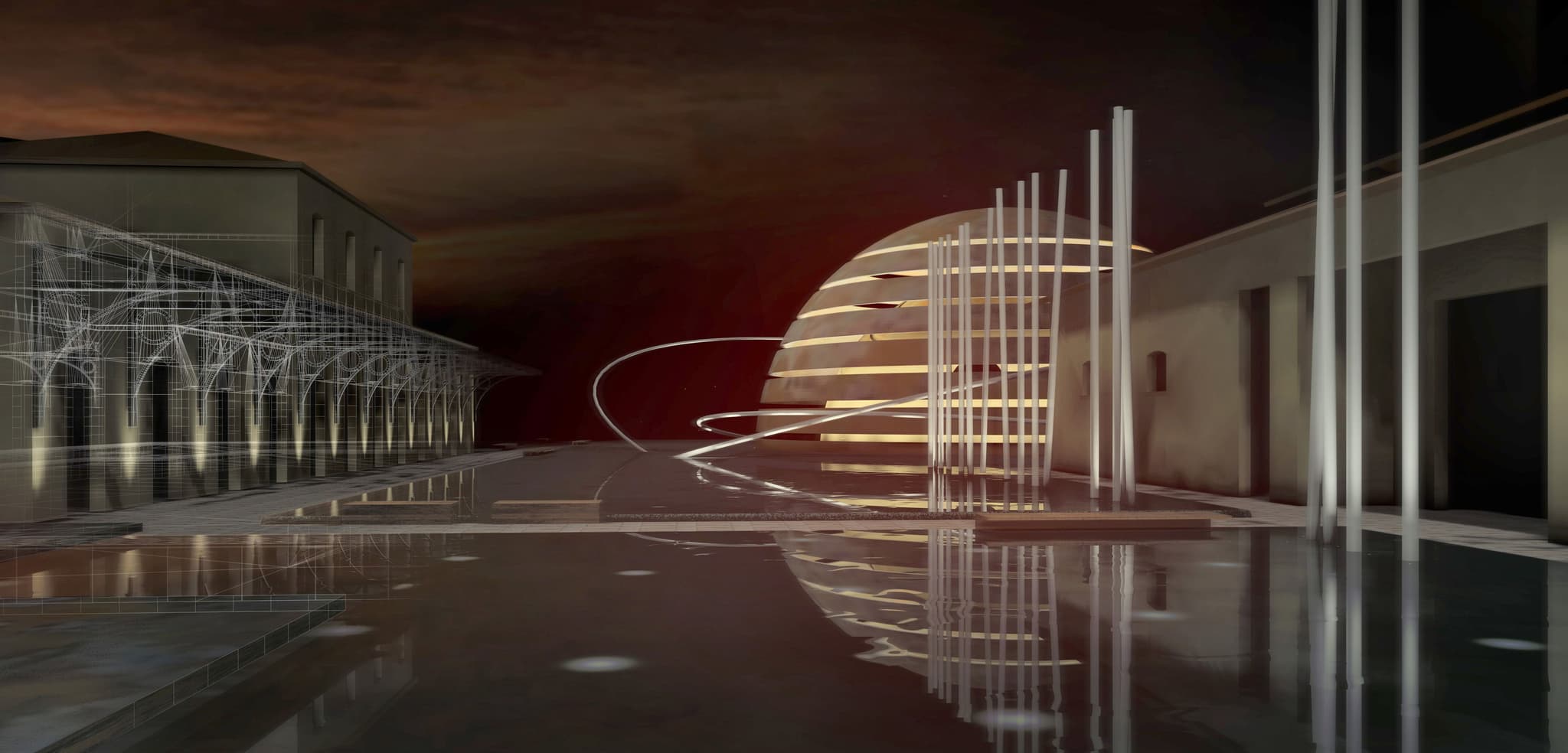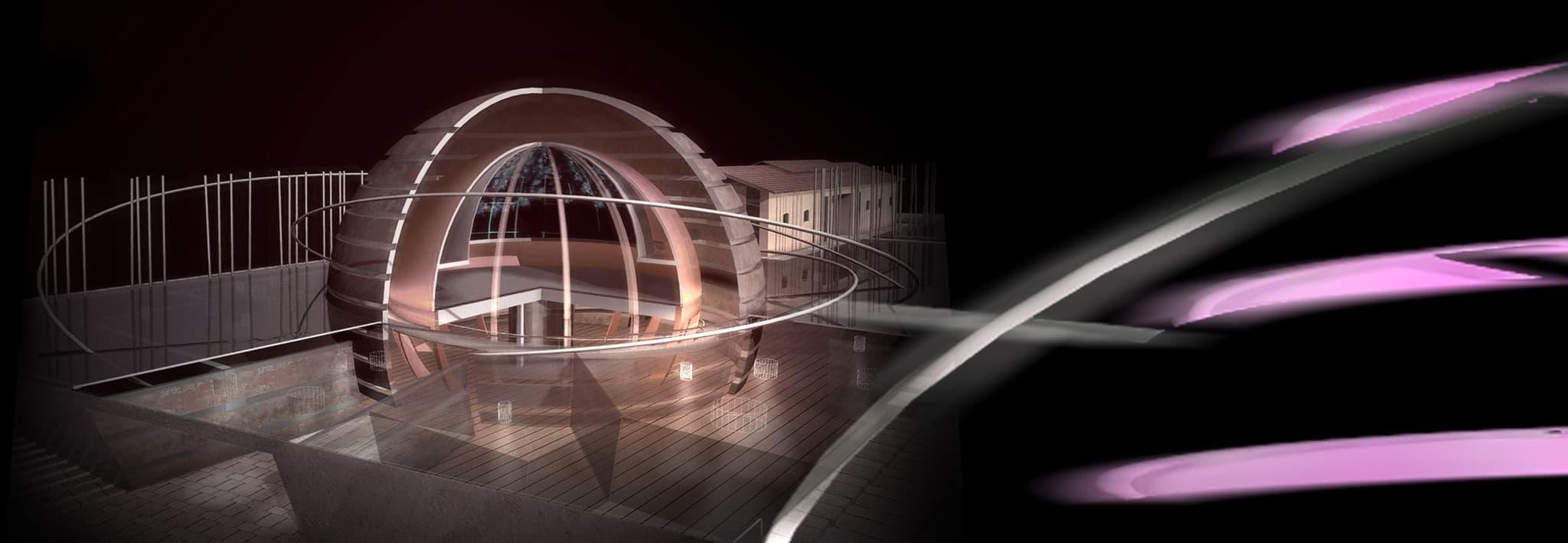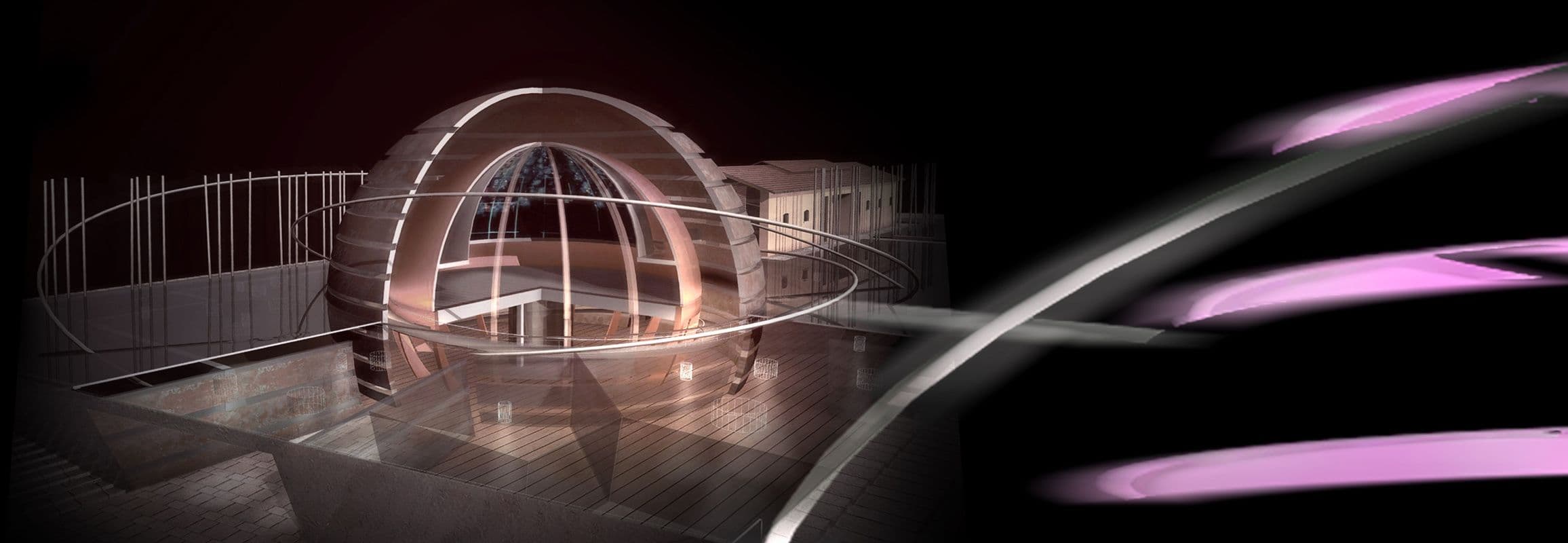1. What led you to select Tecnoril® acrylic stone for the GAYA Table base, and how does its machinability compare to other solid-surface materials in realizing the table’s sculptural geometry?
I chose Tecnoril® acrylic stone for the base of the GAYA Table because it perfectly balances aesthetic purity with exceptional formal freedom. Its uniform, silky surface complements the table’s sinuous, sculptural lines, contributing to an overall cohesive and refined design. What makes Tecnoril® unique is its remarkable thermoforming capabilities, allowing me to create smooth, fluid curves without visible tension—an aspect that can be more challenging with other solid-surface materials.
Moreover, Tecnoril® offers consistent machinability—whether milling or polishing. This ensures uniformity, reducing the risk of micro-cracks or imperfections during fabrication. This property is crucial for a project like GAYA, where precise geometry and seamless transitions are paramount. The material's workability enabled me to achieve a bold and perfectly finished design, contributing to the table’s iconic, sculptural presence.

2. In the GAYA Table, the satin matte finish of Tecnoril® plays a key visual role. How do you control surface consistency during production to avoid visible seams or texture variation?
The satin matte finish of Tecnoril® is an integral part of the GAYA table's elegant, monolithic presence. Achieving such a uniform appearance requires a meticulous, controlled approach throughout the production process.
We begin by selecting panels from the same batch to ensure consistent color and density, which is essential for maintaining visual harmony. During fabrication, we use adhesives specifically designed for solid surfaces, ensuring that the joints are strong, durable, and nearly invisible. After curing, each joint is carefully sanded, progressively refining the surface until it becomes seamless.
Finally, the entire table is sanded and polished using a precise protocol, moving from coarser to finer grits. This artisan technique, despite being highly technical, guarantees the consistent texture across the table’s surface. The result is a smooth, continuous finish, contributing to the table’s sculptural and seamless effect.

3. With the GAYA Table’s organic contours, what fabrication techniques—such as CNC routing or thermoforming—were required to achieve precise edges and smooth transitions in the Tecnoril®?
To achieve the organic contours and smooth transitions of the GAYA Table, I employed a combination of advanced fabrication techniques. The first step was CNC milling, which allowed for highly precise carving of the complex profiles. This digital control ensured that every curve from the 3D model was faithfully translated onto the material, maintaining symmetry and consistency throughout the design.
Next, to achieve the more sinuous, three-dimensional sections, thermoforming was crucial. Tecnoril® is heated to a temperature that makes it plastic and moldable, allowing it to bend without introducing internal stresses or visible defects. This process ensures that the curves are fluid and continuous, perfectly aligning with the table’s organic design.
The final phase involved hand-finishing each joint and transition using progressive sanding. This careful process ensures a flawless, continuous surface with no visible seams, blending the various elements together seamlessly. The combination of digital precision and artisan techniques was key to achieving the sculptural geometry I envisioned for the table.

4. The Planetary Museum’s dome is partially submerged in a water mirror—how did this interplay of concrete and reflective surfaces shape your decisions around thermal performance, waterproofing, and structural resilience?
The interplay between the concrete dome and the reflecting pool at the Planetary Museum presented both a design challenge and a valuable opportunity. From a thermal perspective, the water’s presence helps moderate temperature fluctuations around the dome, creating a stable microclimate that reduces the thermal load on the concrete. This results in improved energy efficiency for the building, maintaining a more consistent internal environment.
In terms of waterproofing, we employed advanced, multi-layered solutions to ensure the dome’s protection against moisture. Specialized membranes and high-resistance chemical treatments were applied to prevent water infiltration and long-term damage.
Structurally, the dome’s resilience was carefully planned to accommodate potential dynamic stresses, such as water level changes or thermal fluctuations. We selected high-performance concrete with specific additives to enhance its durability and corrosion resistance. The smooth, continuous curves of the dome’s shape also contribute to an even distribution of stresses, enhancing the overall structural integrity.
Ultimately, the integration of concrete and water was conceived not just as an aesthetic feature but as a vital component of a system focused on sustainability, protection, and long-term durability.

5. The museum’s layout integrates water, landscape, and hard infrastructure. How did you specify materials to handle outdoor exposure, erosion, and potential algae buildup in and around the water basin?
In designing the Planetary Museum, where water, landscape, and hard infrastructure come together, material selection was a critical aspect of ensuring both durability and low maintenance. For outdoor exposure, we specifically chose materials with high resistance to UV radiation and freeze-thaw cycles, which are crucial for preventing premature degradation in the harsh outdoor environment.
To manage erosion, especially at the interface between water and soil, we employed reinforcement systems and specialized coatings to withstand the abrasive forces of water and wind. We also incorporated surfaces with strategically designed textures and slopes to promote water drainage, minimizing stagnation and reducing the risk of algae buildup.
In the water basin, we implemented filtration and water circulation systems to maintain clean, healthy water and to limit algae growth. Non-porous materials, combined with easy-to-clean surfaces, contribute to maintaining the visual and functional quality of the environment. This comprehensive approach ensures that the installation remains pristine and sustainable over time, even under the challenging conditions of outdoor exposure.
6. Were there any particular site or climatic considerations that informed the museum’s material palette—especially in terms of concrete mix, glazing treatments, or reflectivity?
Yes, the site’s climatic conditions and the surrounding environment were critical factors in selecting the materials for the Planetary Museum. The concrete mix was carefully designed to endure the high humidity and thermal fluctuations typical of the region. By incorporating special additives, the mix enhances the durability and permeability resistance of the concrete, ensuring that the structure remains intact for many years.
For the glazing, we selected high-performance glass with selective coatings designed to reduce thermal transmission and enhance solar reflectivity. This choice was pivotal in optimizing interior comfort while reducing the risk of overheating, allowing the museum to maintain a cool, energy-efficient atmosphere without compromising the visual connection to the surrounding landscape.
Finally, the reflectivity of exterior surfaces, including the concrete, was fine-tuned to reduce heat absorption and improve passive thermal management. This careful calibration ensures that the Planetary Museum integrates seamlessly into the local environment while maintaining optimal energy efficiency.

7. Looking across both projects, how do you see the role of advanced composites and engineered surfaces evolving in sustainable architectural and furniture design?
The role of advanced composites and engineered surfaces is becoming increasingly pivotal in both architecture and furniture design, particularly in the pursuit of sustainability. In projects like the GAYA Table and the Planetary Museum, these materials allow us to push beyond traditional design boundaries, offering strength, lightness, and aesthetic versatility, all while improving durability and resource efficiency.
In architecture, engineered surfaces optimize thermal performance, structural resilience, and integrate functionalities such as waterproofing and weather resistance—all essential elements for reducing the environmental impact of buildings.
In furniture design, materials like Tecnoril® acrylic stone offer creative freedom without sacrificing sustainability or maintenance ease. These attributes are crucial for ensuring the longevity of products, reducing waste, and enhancing their lifespan.
Looking forward, I see advanced composites and engineered surfaces as being integral to a future where design and sustainability are intertwined. These materials will be key in addressing the environmental challenges we face, while providing innovative, practical, and beautiful solutions.

8. Which emerging sustainable or bio‑based materials—beyond traditional stones, woods, and metals—are you evaluating for future use, and what performance criteria matter most?
We are closely exploring a variety of emerging sustainable materials that go beyond the traditional use of stones, woods, and metals. Bioplastics reinforced with natural fibers and mycelium-based composites are particularly promising, offering a great balance of lightness, strength, and environmental sustainability.
Additionally, bio-based materials derived from agricultural or industrial waste present exciting possibilities for creating surfaces with a minimal ecological footprint. These materials are not only sustainable but also present new avenues for creative expression in design.
When evaluating these materials, the key performance criteria include durability, fabrication ease, resistance to weathering and chemicals, and the ability to integrate seamlessly both aesthetically and functionally into the project. This ongoing exploration into new materials allows us to stay ahead of trends, anticipating solutions that address both environmental challenges and design innovation.








